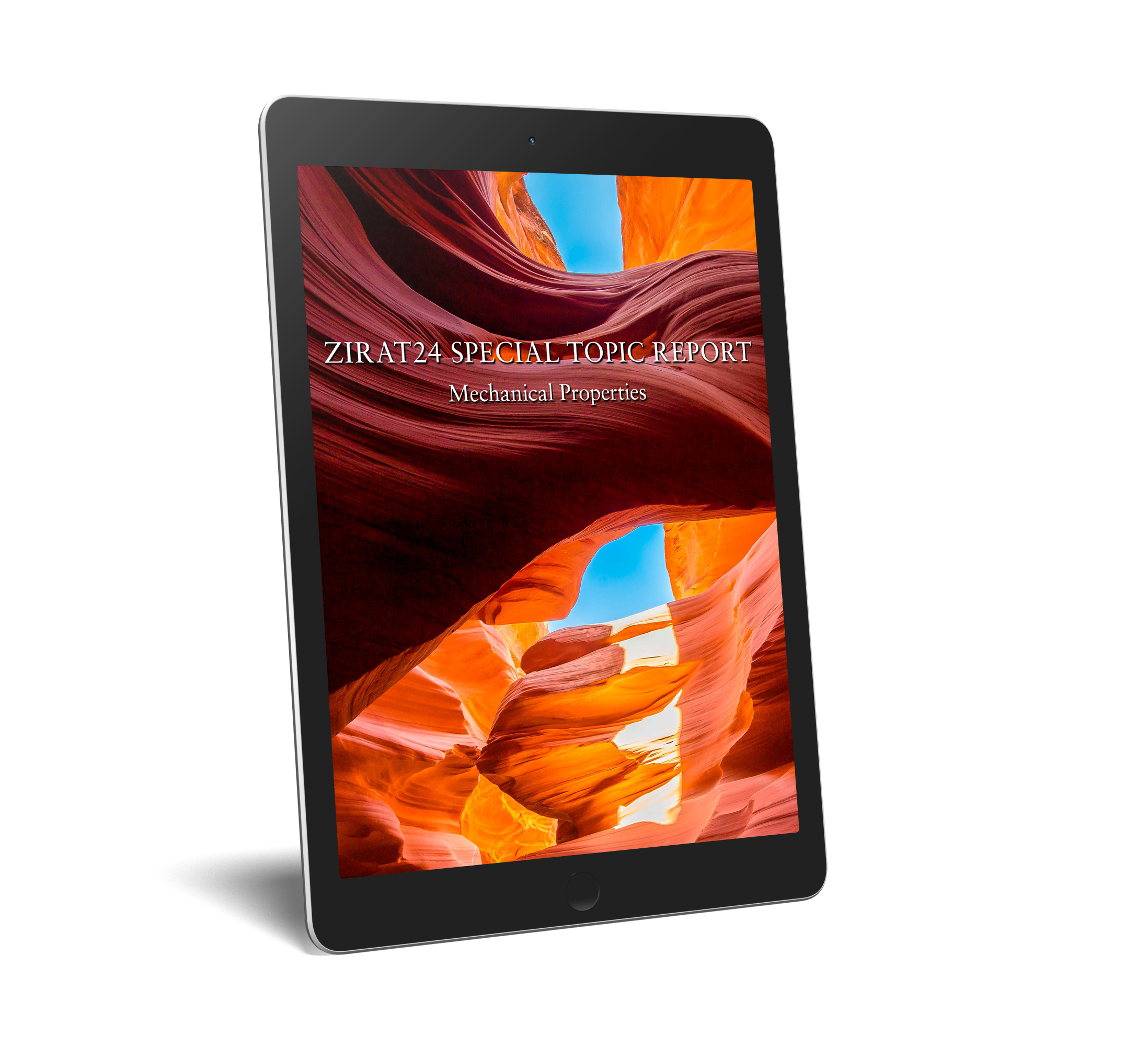
Fuel cladding and support components used in water- cooled nuclear reactors are subjected to stress, various chemical reactions and irradiation by neutrons. This report is intended to provide basic understanding on the mechanical properties of zirconium alloys, stainless and ferritic steels and nickel alloys. The information can then be used by customers to evaluate their components.
Adequate mechanical properties are required to ensure safe and satisfactory performance during normal and accident conditions and during post-operation storage. In this report testing techniques and standards for unirradiated and irradiated materials are described. Typical properties are yield strength, ductility and fracture toughness. Properties and effects of relevant variables are discussed with a view on how this information may be used. The consequences of reactor environment are outlined.
The generation of point defects during irradiation leads to an evolution of microstructure with subsequent changes in mechanical properties, usually an increase in strength and loss in ductility. Transmutation may have to be considered. Chemical reactions may lead to stress corrosion cracking and pickup of hydrogen that may produce embrittling hydrides. Mechanisms of deformation such as slip and twinning and processes leading to fracture are discussed. Analysis through tensors and yield criteria provide understanding of the effects of crystallographic texture and anisotropic deformation.
Content List
- Mechanical Properties of:
1.1 Zr-Alloys,Ni-Alloys
1.2 Steels: Austenitic and Ferritic - Mechanical Property Testing Techniques of Archive And Irradiated Materials
- Deformation Mechanisms, Irradiation Effects
- Specific Effects Of Hydrides
